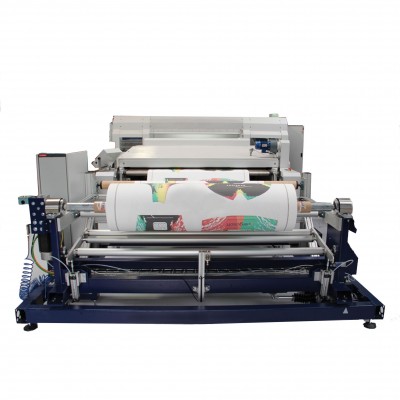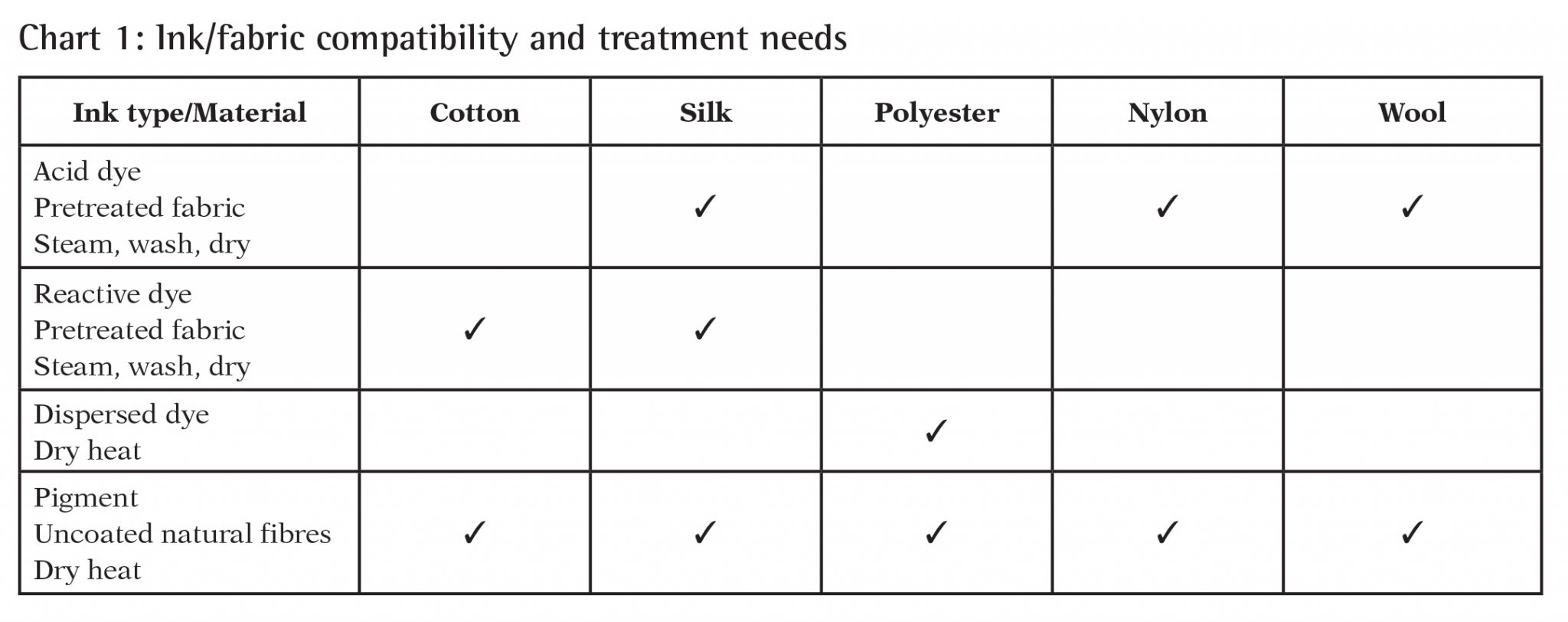By Ann Sawchak
While printing on fabrics is significantly different from printing on paper, vinyl or films, digital textile printers have now become a viable mainstream technology to serve the needs of the sign industry and related markets. The technology is no longer limited to only a few companies that have mastered its complexities. There is a reliable network of vendors for the various necessary printing components.
Perhaps most importantly to signmakers wondering if this is the right time to jump into digital printing on textiles, there is money to be made at it in such markets as ‘soft signage,’ flags, apparel, home furnishings and architectural applications.
The global market
One need only look at what is happening in other parts of the world to realize the time is ripe for companies in North America to invest in similar resources to be part of the projected growth in digital textile printing.
In countries like Italy, Spain, Turkey, India and Brazil, for example, textile printing companies have embraced digital technologies to the point of idling their screenprinting equipment when producing large-scale yardage for apparel, home furnishings and interior décor, not to mention signage.
The global market for all printed textiles, in terms of volume, is estimated to be around 27 billion m2 (32 billion sq yd) per year and growing at an annual rate of three per cent. Of this total, however, only about one per cent—approximately 250 million m2 (300 million sq yd)—of textiles are digitally printed.
Nevertheless, the growth curve for digitally printed fabrics has steepened dramatically over the past two to three years. By 2016, they are expected to reach well over 800 million m2 (1 billion sq yd).
Canada and the U.S. are currently minor players in the printing of textiles—digitally or otherwise—but given the global industry’s rate of growth, the opportunity to jump into the market is all the more significant today. Many designers, brand owners and large retailers are already based in North America, with growing awareness regarding the advantages of digital printing.
An increasing number of digitally printed textile-based products are showing up on North American store shelves. And the same retailers are using fabric-based ‘soft signage’ in ever-greater abundance to enhance both their own brands and those of their vendors.

Digital printing on textiles can serve such markets as ‘soft signage,’ flags and architectural applications.
While many of these companies have established vendors around the world that do not digitally print their textile-based materials, including many in Asia, one of the advantages of digital printing is it can help bring print production closer to customers. Retailers want their cash register to drive the supply chain, after all, such that as soon as a product is sold, a message is sent to that product’s manufacturer to replenish the supply. Digital printing is a major enabler toward this goal.
The global market is changing in other ways, too. China’s middle class, for example, is growing significantly, so more of that country’s printed textile output is required to meet domestic needs, rather than being exported. This market shift can result in longer lead times and larger minimum orders for overseas customers, even if retailers on the other side of the planet do not want to carry more inventory. Indeed, there is a greater demand today for shorter print runs and sampling, which are more feasible through local production.







